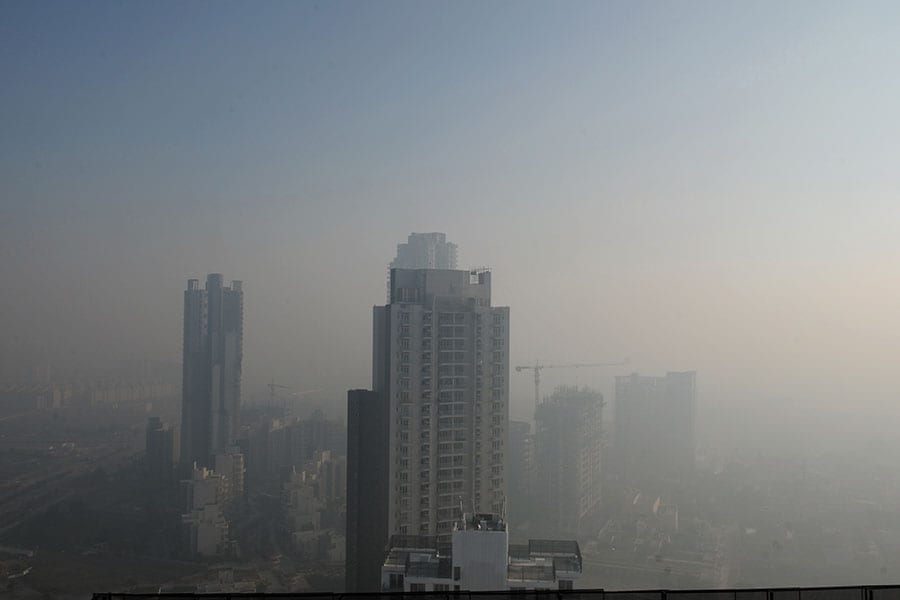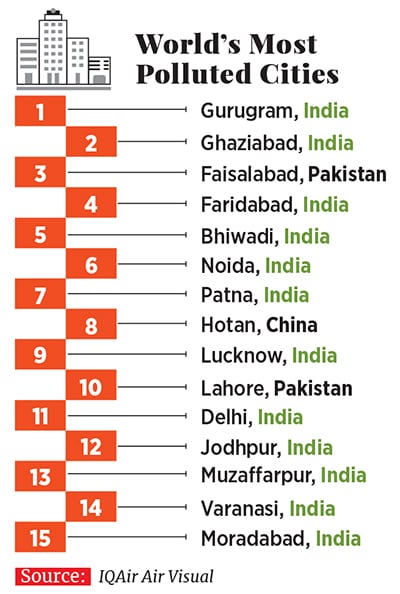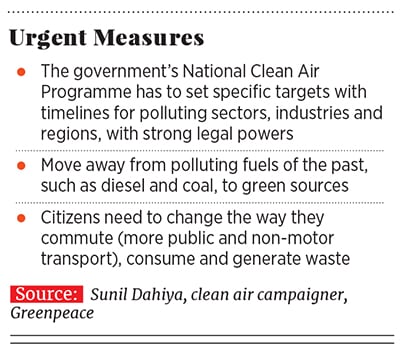
Air scare: Why isn't India's pollution emergency a poll issue?
A latest study of the world's most polluted cities finds seven of the top 10, and 22 of the top 30, are in India
 Image: Parveen Kumar / Hindustan Times via Getty Images
Image: Parveen Kumar / Hindustan Times via Getty Images

A separate study conducted by the International Food Policy Research Institute, released in the same week, shows that air pollution from crop burning costs North India more than $30 billion annually, and increases the risk of acute respiratory infections three times.
The data is worrying, but why is India still working on half-hearted measures to tackle the crisis? “The basic reason is that we don’t die the moment we breathe polluted air—as a result, the public has not realised the impact of the slow poison, and not risen for our ‘right to breathe’,” says Sunil Dahiya, clean air campaigner, Greenpeace. “Politicians lack the will to prioritise pollution because they think the public doesn’t care much.”

Most analysts say pollution may worsen in coming years. Pujarini Sen of Greenpeace India says: “We have enough research suggesting the way towards a breathable India, but is there enough political will to fight the health emergency India faces today?”
(This story appears in the 29 March, 2019 issue of Forbes India. To visit our Archives, click here.)
X














